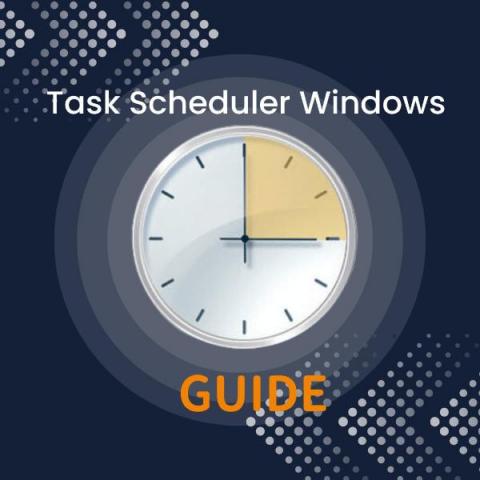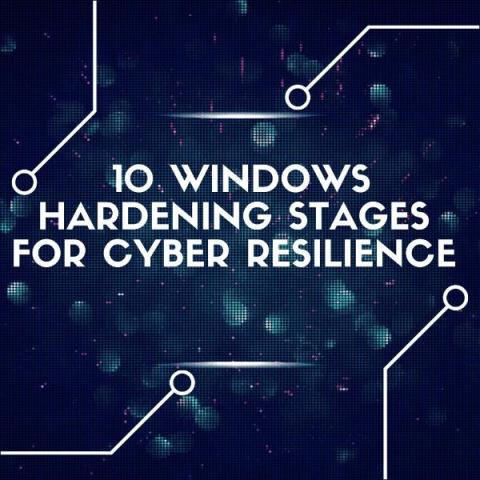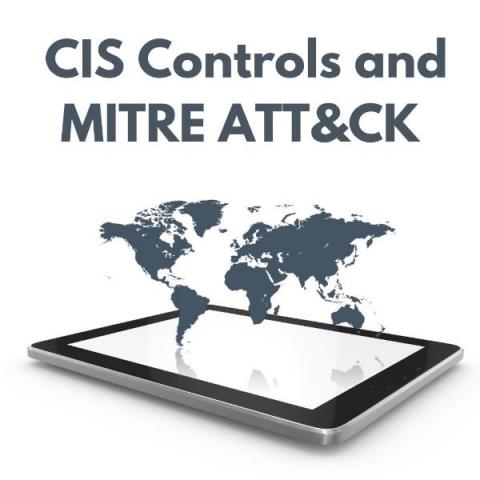NIST server hardening: Guide for NIST 800-123
The NIST SP 800-123 Guide to General Server Security contains NIST recommendations on how to secure your servers. It offers general advice and guideline on how you should approach this mission. Its aim is to assist organizations in understanding the fundamental activities they nee dto undertake to secure their servers. Regulations such as HIPAA, HITRUST, CMMC, and many others rely on those recommendations, demanding organizations to enforce and comply with the guide.






